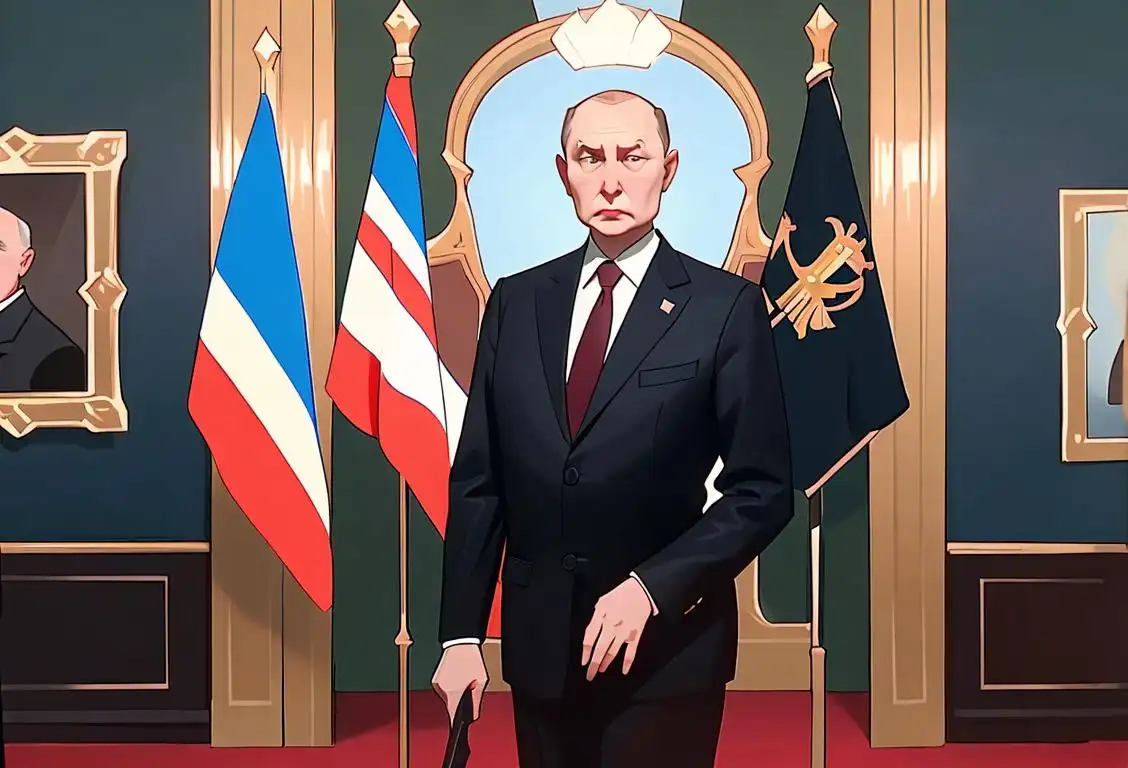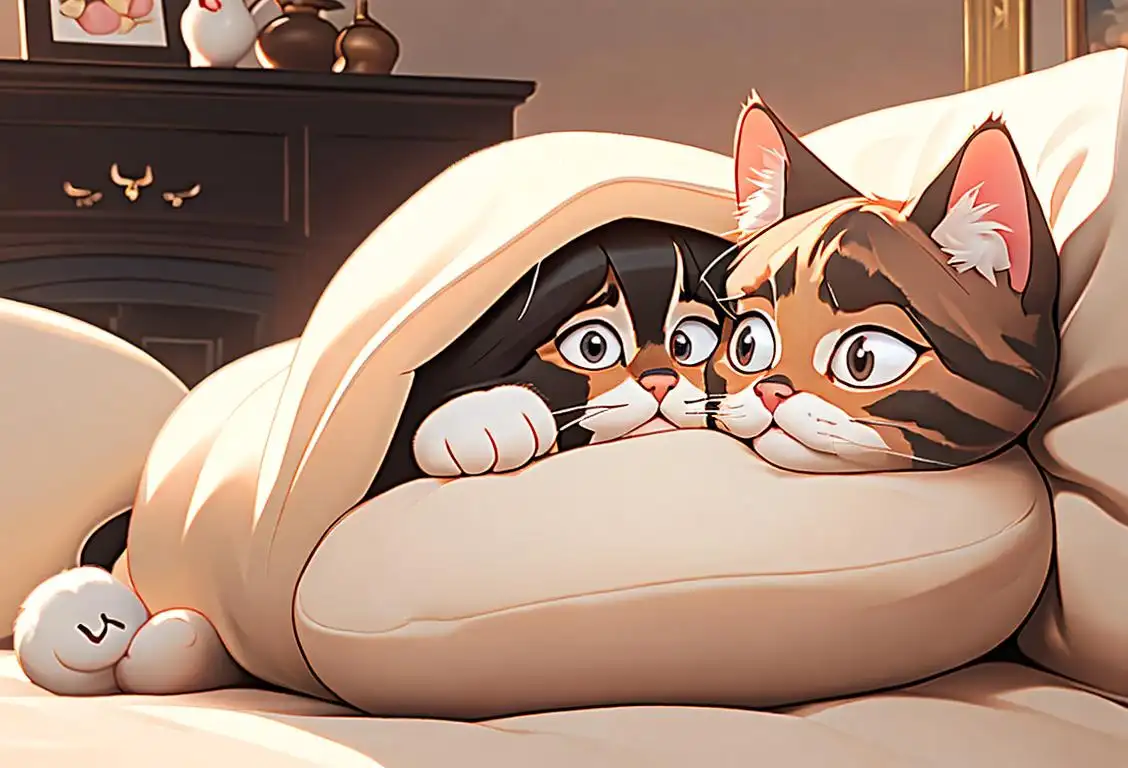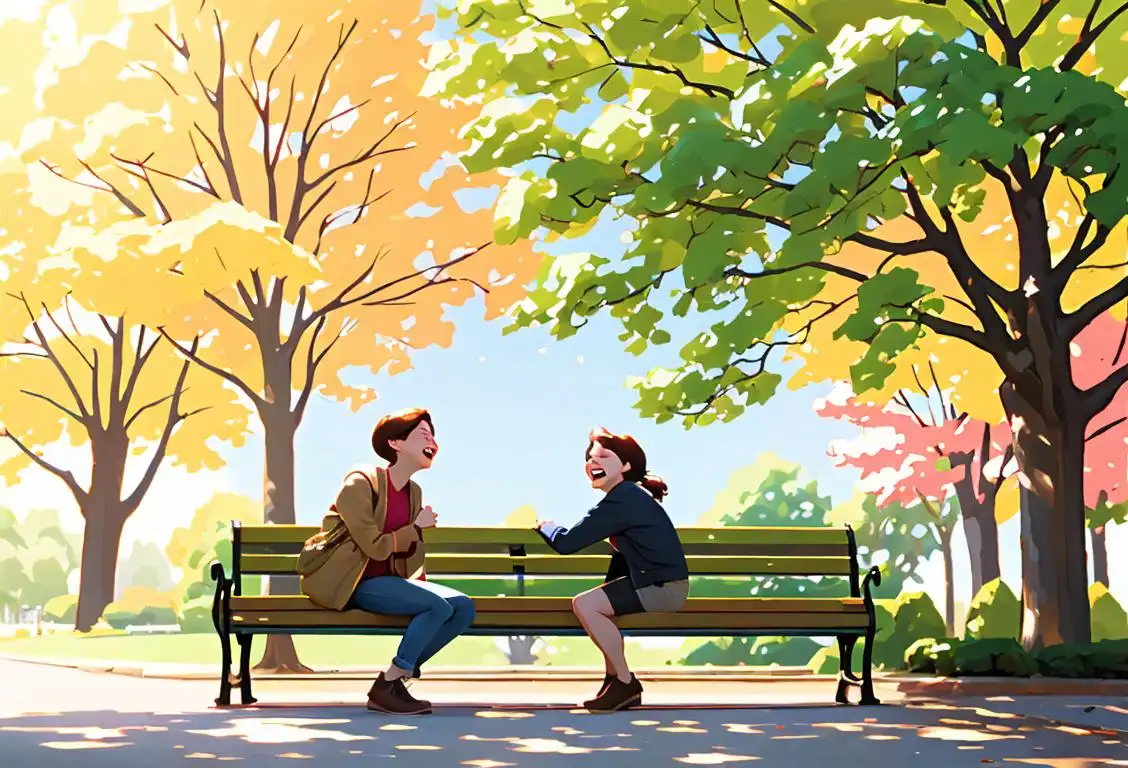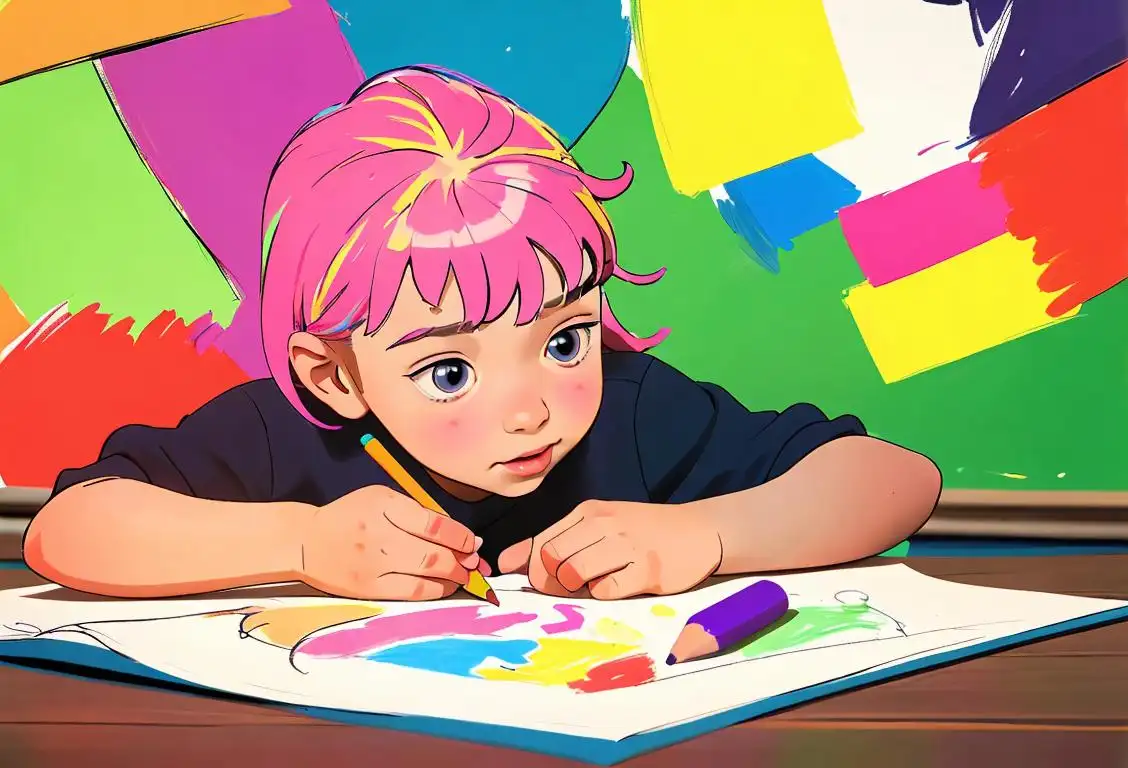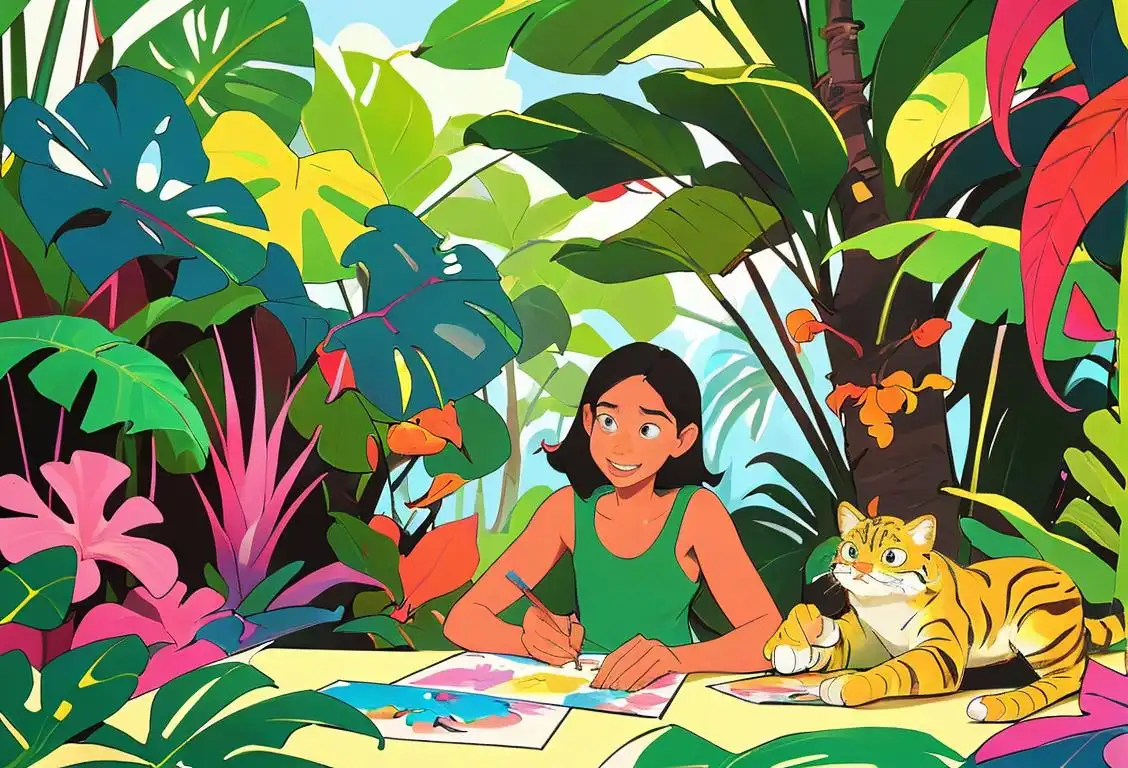National Emoji Day
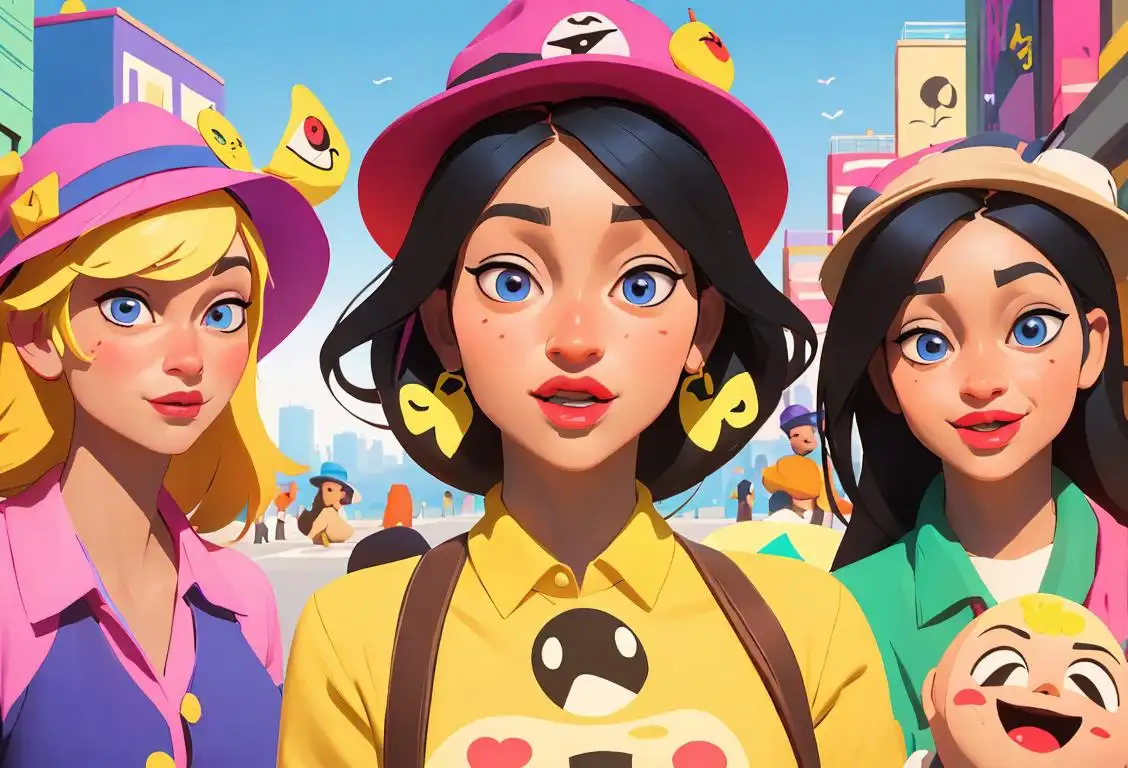
Get ready to paint the town red...yellow...green...blue, or any color of the rainbow flag! Welcome to the bright and adorable world of National Emoji Day, the one day of the year where it's absolutely okay to communicate solely through smiley faces and food symbols. Why type words when you can sum up your feelings in tiny, pictorial form?
When is Emoji Day?
It's national emoji day on the 17th July.
Emoji's Epic E-Journey
From humble beginnings in Japan in the late 1990s to becoming a universal language across the globe, the popularity of the emoji has skyrocketed in the realm of digital communication. Just like that old saying goes, a picture is worth a thousand words, or in this case, a tiny expressive face can replace entire sentences!
National Emoji Day started its journey across cyberspace in 2014, spearheaded by founder Jeremy Burge. Designed for the 17th of July to coincide with the calendar emoji—which displays this very date—it only took four years for the day to receive its highest number of online mentions, on July 17, 2018.
Emoti-conning Our Hearts
Over time, emojis have evolved from just showing simple expressions, to portraying everything from animals, to food, to symbols, and even activities. The most beloved part of our digital vocabulary, emojis offer us an amusing and creative outlet for communication.
World Emoji Day: Painting the Digital World One Emoji At a Time
Celebrated annually on July 17th, World Emoji Day, or as it is more fondly known - National Emoji Day - seeks to promote the use of emojis and spread enjoyment through their colorful and quirky expressions. It's a day to let your fingers do the talking and to say it with style!
History behind the term 'Emoji'
1999
The birth of emoji
In 1999, Shigetaka Kurita, a Japanese designer working for the mobile phone company NTT DoCoMo, created a set of 176 pixelated icons called emoji. Kurita was tasked with developing a simple way for users to communicate through pictures on the limited screen of early mobile phones in Japan. He drew inspiration from manga, Chinese characters, and international symbols to design the first set of emoji.
2007
Emoji goes global
In 2007, Apple released the first iPhone, which included emoji as part of its keyboard options. This marked the beginning of emoji's global expansion as users around the world started using them to enhance their text messages. The inclusion of emoji in the iPhone's keyboard made them more accessible and popularized their use outside of Japan.
2010
Unicode Consortium standardizes emoji
In 2010, the Unicode Consortium, an international organization that sets standards for text encoding, recognized the widespread use of emoji and added them to the Unicode Standard. This ensured that emoji could be displayed and communicated consistently across different platforms and devices. Standardizing emoji allowed for their seamless integration into digital communication and paved the way for their continued evolution.
2015
Emoji becomes a cultural phenomenon
By 2015, emoji had become a cultural phenomenon, deeply integrated into popular culture and communication. The Oxford English Dictionary even selected the 'Face with Tears of Joy' emoji as the Word of the Year, reflecting the impact and significance of emoji in contemporary society. Emoji transcended language barriers and enabled people to express emotions, convey humor, and enhance their digital conversations.
2021
Diversity and expansion
In 2021, emoji continued to evolve, reflecting the increasing demand for diversity and inclusivity. The Unicode Consortium introduced new emoji representing various skin tones, same-sex couples, gender-inclusive characters, and more. This expansion aimed to promote representation and ensure that emoji encompassed a broader range of identities and experiences, fostering a more inclusive digital environment.
Did you know?
Did you know that the original set of 176 emojis, designed by Shigetaka Kurita, are now part of the permanent collection of the Museum of Modern Art in New York City? Talk about eternal e-mortality!!Tagged
fun social media creativity digital communication expressionsFirst identified
9th March 2015Most mentioned on
17th July 2018Total mentions
6992Other days
Emoji Day
Limerick Day
Security Adviser Called Russian Envoy Day
Hug Your Cat Day
Joke Day
Camera Day
Friend Day
Goth Day
Crayon Day
Coloring Book Day

